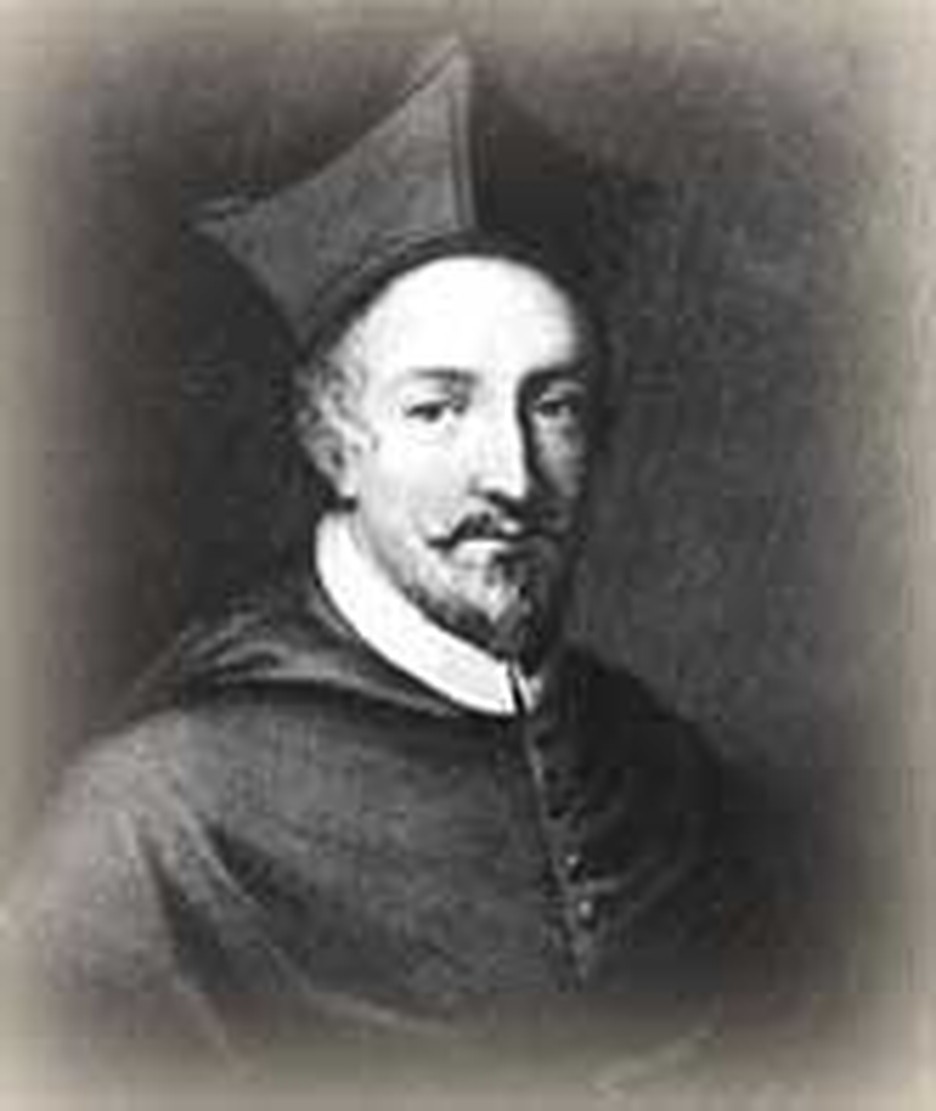
It was dark when the conspirators gathered in a house not far from St. Andrews castle. Norman Leslie arrived first with five friends. Since he had used the house often in the past, he roused no suspicion. Other men slipped into town later that night under cover of darkness.
The next morning, on this day, May 29, 1546, when the gates of St. Andrews opened, ten or twelve men entered with the throng of workmen who were going in to strengthen the fortress. Leading the first group was Kircaldy of Grange. While Kircaldy diverted the attention of the porter, Norman Leslie led in a second contingent.
Finally, John Leslie arrived with four men. Something about them alarmed the porter. He tried to raise the drawbridge, but the conspirators snatched away his keys and threw him into the moat.
Thinking that an army must be close behind, the repairmen fled. The conspirators then hustled fifty other people out of the castle. Cardinal Beaton stuck his head out a window and asked what the commotion was about. Someone shouted that Norman Leslie had taken his castle. This frightened the cardinal. The two had recently fallen out. But many others had reason to dislike the cardinal. His enemies said he had forged a will for the late King James, overthrown Scottish liberties, and tortured and murdered Protestants. Three months earlier, he had burned to death George Wishart, a Reformer of godly character, deeply loved by the common people.
When Leslie ordered the cardinal to open his door, Beaton refused. But when the assassins prepared to burn him out, Beaton pleaded for a promise that they not kill him and when it was given, opened the door. Sitting in a chair, he protested, "I am a priest, I am a priest; you will not slay me."
John Leslie struck him twice with his dagger, followed by Peter Carmichael. James Melville, seeing that they were acting in fury, reminded them that the judgment of God should be dealt out soberly. Rebuking Beaton for his wicked life and especially for the murder of Wishart, he ran him through twice with a sword. Beaton died saying again, "Fie, fie, I am a priest, all is lost."
John Knox joined the murderers soon afterward, seeking protection. He was a hunted man, known as a close associate of George Wishart. The murderers urged him to become their chaplain and he agreed. The history of the Scottish Reformation, which he later wrote, shows that he approved the treachery that ended Beaton's life although he apparently had no part in the plot. In the short term, he paid with years of misery for joining the murderous band. When a French force overcame the castle, he was sentenced to the galleys. But when he returned to Scotland, it was as the nation's Reformer.
Bibliography:
- "Cardinal David Beaton." Significant Scots. http://www.electricscotland.com/history/ other/beaton_david.htm
- Cook, George. History of the Reformation in Scotland... Edinburgh, 1811.
- Hunter-Blair, D. O. "David Beaton." Catholic Encyclopedia. New York: Robert Appleton, 1914.
- Knox, John. History of the Reformation in Scotland.
Last updated July, 2007








